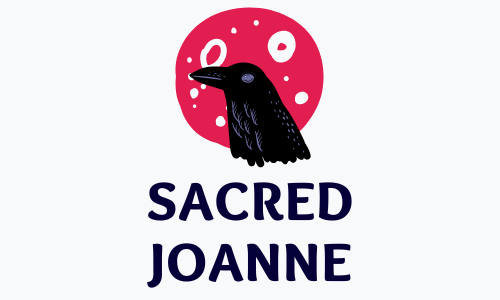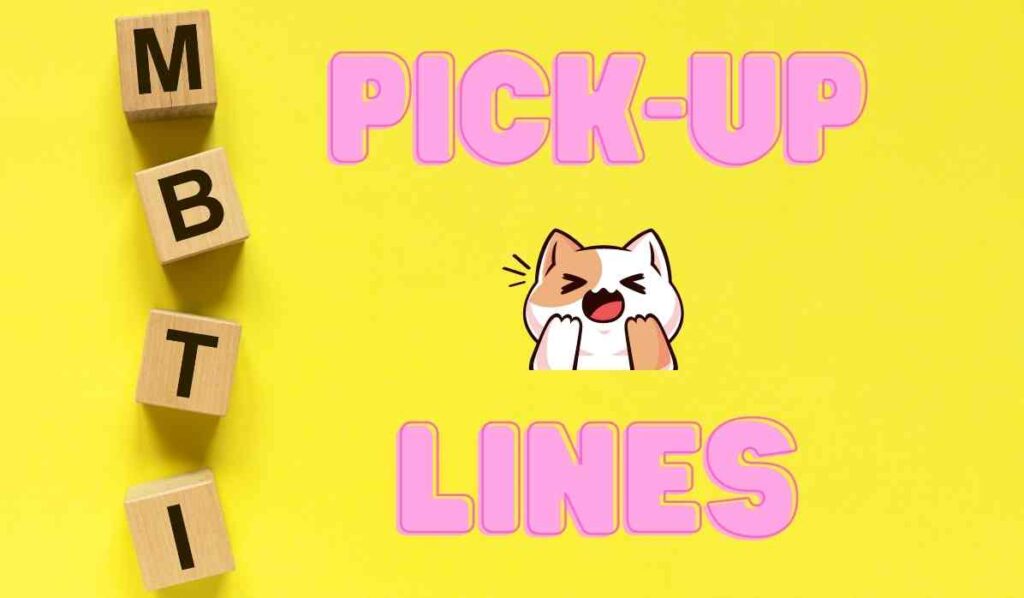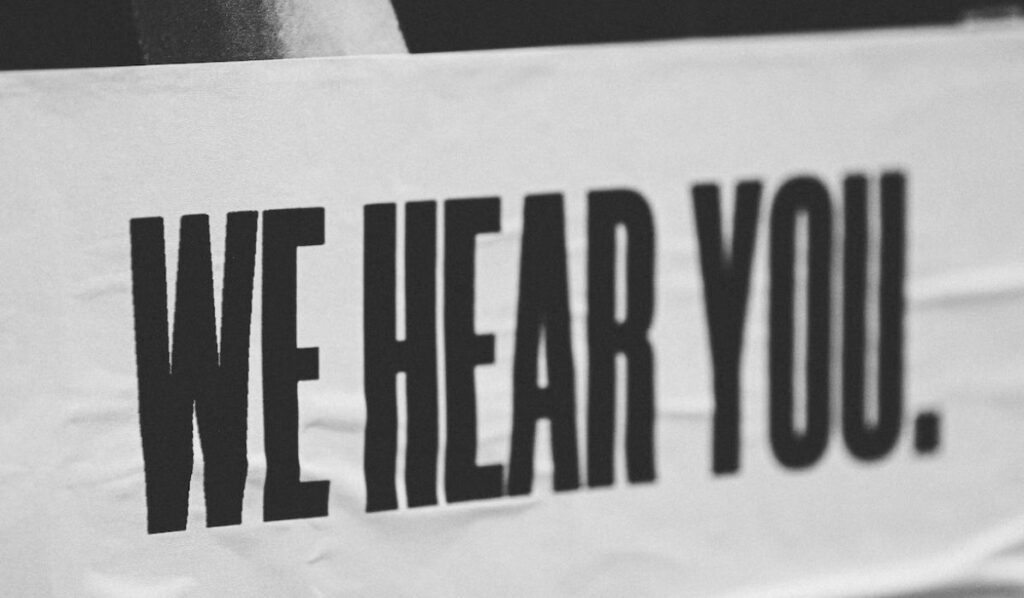Myers–Briggs Type Indicator: The 16 MBTI Personality Types
In this article, we’re diving deep into the world of the Myers-Briggs Type Indicator (MBTI).
It’s more than just a ‘personality test’ – it’s a key to understanding yourself and others better.
From the basics of MBTI to its evolution and purpose, we’ve got you covered.
We’ll explore how this intriguing tool works, the magic behind its 16 personality types, and the way it can impact your daily life.
So whether you’re a student, a couple, a teacher, or just someone keen to understand human behavior, there’s something in here for you.
Buckle up and get ready to journey into the fascinating realm of personality types!
How the Myers-Briggs Personality Test Evolved
So, let’s start with where it all began. MBTI was birthed from the theories of the incredible dude, Carl G. Jung.
Jung’s theory is all about four crucial psychological functions.
You’ve got two judging functions: ‘thinking’ and ‘feeling,’ and two perceiving functions: ‘sensation’ and ‘intuition.’
He reckoned we all tend to lean on one combo of these functions more often than not.
Jung also thought that everyone is either an introvert or an extrovert.
So these function combos get expressed either in an introverted or extroverted form.
That’s why ‘E’ for extraverted or ‘I’ for introverted is always the first letter of the series.
The other three functions, well, they swing in the opposite direction. And that’s the gist of it!
In the ’40s, two smart women – Isabel Briggs Myers and her mom Katharine Briggs – decided to make these theories more accessible.
And voila, MBTI was born. This tool has been around for a while, but it’s still pretty cool.
What’s the Purpose of the MBTI Test?
So, you’re wondering what the whole purpose of this MBTI test is, right?
Well, picture this: you’ve got a flashlight. In the dark, it illuminates your path, showing you your strengths and blind spots.
It also allows you to see how others are navigating their paths, shedding light on our differences.
That’s the MBTI for you. It’s not just some run-of-the-mill personality quiz—it’s a powerful tool for individual growth and team-building.
Getting to Know You, Getting to Know All About You
The MBTI acts as your personal guide to self-understanding.
It lets you in on your natural preferences and how they influence your interactions with the world.
But it doesn’t stop there. It also nudges you to peek outside your comfort zone, broadening your perspective and behavior.
The cool thing about the MBTI is, it doesn’t just slap a label on you and call it a day.
Nah, it invites you to dive deeper into who you are, sparking self-awareness and growth.
This journey of self-exploration can lead to a shift in how you approach life, turning the MBTI into a daily companion rather than just a one-time thing.
How Can the MBTI Help in Real Life?
Now, you’re probably thinking, “How can knowing my ‘four letters’ be useful in my day-to-day life?”
Let me break it down for you:
- Coaching: MBTI insights can sharpen your self-awareness and understanding of others. It helps pinpoint your typical behaviors, blind spots, strengths, and areas for growth. It’s like having a personal trainer for your personality!
- Communication: We all have our own communication style. The MBTI helps you identify yours, equipping you to switch up your approach when interacting with folks of different personality types. Talk about a communication game-changer!
- Conflict Management: Conflict is a part of life, right? The MBTI gives you insights into how different personality types (including yours) typically handle conflict. With this knowledge, you can tackle disagreements more productively.
- Decision Making: The MBTI offers a framework to help you make well-rounded decisions. Understanding your decision-making preferences can help you spot potential pitfalls and appreciate the perks of alternative approaches.
- Career Development: The MBTI can help you understand how your personality preferences link to your career choices and how you can apply your natural strengths to your career journey.
- Stress Management: The MBTI can help you identify your stress triggers and how you react to them. Knowing this can help you avoid spiraling stress levels and manage them more effectively.
Who Can Benefit From MBTI in Everyday Life?
Ready for the awesome part? The MBTI isn’t just for psychologists or career coaches.
It’s for anyone who’s keen on understanding themselves better.
Let’s see how different folks can benefit from the MBTI:
- Students: If you’re in school or college, the MBTI is like your secret guide to better learning. It helps you grasp your own learning style, your communication habits, and even how you interact socially. Say hello to smoother study sessions and fewer “What did I just read?” moments.
- Teachers: For the educators out there, the MBTI is like having x-ray vision into your students’ learning styles. By understanding these differences, you can tailor your teaching methods for maximum impact. Who knew understanding your students could be this easy?
- Teens and Young Adults: As you navigate through the challenges of growing up, MBTI can help you understand yourself better. From figuring out what career path suits you best to improving how you interact with friends, it’s like your personal guide to “adulting”.
- Couples: For all the lovebirds out there, the MBTI is like your relationship whisperer. It helps you understand each other’s quirks and differences, making teamwork a breeze. Who knows, it might even save you a couple of unnecessary arguments!
- Career Seekers: If you’re on the hunt for your perfect career or considering a job switch, the MBTI can help point you in the right direction. Understanding how your personality ties in with different career paths, it’s like having a compass for your career journey.
- Anyone and Everyone: From understanding your behavior better to identifying stress triggers, the MBTI can be a handy tool for pretty much everyone. Think of it as a user manual for the awesome machine that is you!
In short, the MBTI is like a handy guidebook to understanding yourself and navigating the world around you.
How Does MBTI Work?
The MBTI test is your ticket to self-discovery. It’s like getting a custom report all about what makes you, you!
It’s not about labeling you as “good” or “bad” – it’s just about understanding your likes, dislikes, strengths, weaknesses, potential career preferences, and how you gel with other people.
Let’s dive into how it works!
Decoding the Four Letters in Your Personality Type
The test revolves around four different scales. These scales help identify your personality type among 16 possibilities.
MBTI relies on four key areas, each with two opposing styles. Now, this doesn’t mean you’re stuck in one style forever.
It’s more like a spectrum where you might lean more toward one end.
Extraversion (E) vs. Introversion (I): This one’s about your favorite world. Do you prefer focusing on the outside world or your own inner world?
Extraverts are more outwardly focused, action-oriented, enjoy more social interaction, and feel pumped after hanging out with others.
Introverts, on the other hand, are more inwardly focused, enjoy meaningful one-on-one chats, and recharge with some quality ‘me’ time.
Sensing (S) vs. Intuition (N): This one’s about information. Do you just take in the basic info, or do you like to interpret and add meaning?
This scale is about how you gather info from the world.
Sensing folks pay close attention to reality and details, love facts, and relish hands-on experiences.
Intuitive people lean more toward noticing patterns and impressions.
They enjoy thinking about future possibilities and abstract theories.
Thinking (T) vs. Feeling (F): When it comes to decisions, do you first look at logic and consistency, or do you consider people and special circumstances?
This scale shows how you make decisions. Thinking types rely more on facts and objective information.
They’re consistent, logical, and don’t let personal feelings get in the way.
Feeling types are more likely to consider people and emotions when deciding.
Judging (J) vs. Perceiving (P): This is about your approach to the outside world. Do you prefer to make decisions quickly, or do you stay open to new information and options?
This scale reflects how you interact with the outside world.
Judging types like structure and firm decisions, while perceiving types are more flexible and adaptable.
Remember, there’s no ‘right’ or ‘wrong’ type. The MBTI is all about understanding and embracing your unique style.
So, own your four letters – they’re what make you, you!
Understanding Cognitive Functions & Type Dynamics
Are you wondering what cognitive functions and type dynamics are in the context of MBTI?
It might seem like a bunch of jargon, but trust me, it’s not as complex as it sounds.
In MBTI, cognitive functions refer to the way we process information and make decisions.
Each personality type uses four out of eight possible cognitive functions, and they are sorted by how often we use them.
- Extraverted Thinking (Te): You’re a fan of efficiency and logic, making decisions based on objective facts and rules.
- Introverted Thinking (Ti): You enjoy analyzing and categorizing information to understand how things work.
- Extraverted Feeling (Fe): You tune into the emotions and values of those around you to make decisions.
- Introverted Feeling (Fi): You navigate decisions based on your personal feelings and values.
- Extraverted Sensing (Se): You’re in tune with the present moment, noticing and relishing sensory details.
- Introverted Sensing (Si): You rely on past experiences and memory to understand the present situation.
- Extraverted Intuition (Ne): You love exploring possibilities, connections, and patterns in the external world.
- Introverted Intuition (Ni): You focus on internal insights, impressions, and abstract connections.
Each personality type prefers one function from each pair (thinking or feeling, sensing or intuition) and uses it either in an extroverted or introverted way.
Decoding Type Dynamics
Type dynamics looks at how the cognitive functions interact within your personality type.
For example, an ISTJ (Introverted, Sensing, Thinking, Judging) primarily uses Introverted Sensing (Si) and Extraverted Thinking (Te).
The order matters here. The first function is your most preferred or dominant function.
The second one supports it, and the third and fourth ones are less preferred but still play a role.
So, by understanding your cognitive functions and type dynamics, you can gain more insights into how you process information and interact with the world around you.
It’s another level of self-awareness that MBTI offers!
The order of your cognitive functions is based on your MBTI type, and there’s a nifty formula to help figure it out. Here’s the deal:
- Your first letter determines the Attitude of your first and fourth functions: ‘I’ means your first function is introverted, your fourth is extraverted, and vice versa for ‘E’.
- The second letter specifies if your first and second functions are perceiving (either Sensing or Intuition), and the third letter identifies if they are judging (either Thinking or Feeling).
- Your fourth letter determines if your first judging function (T or F) is extraverted or introverted. If you’re a ‘J’, then it’s extraverted. If you’re a ‘P’, then your first perceiving function (S or N) is extraverted.
Take INTP for example:
- ‘I’ for Introversion means the first function (Thinking) is introverted.
- ‘N’ for Intuition means the second function is intuition and it’s extraverted due to the fourth letter being ‘P’.
- ‘T’ for Thinking means the third function is feeling (the opposite of Thinking) and it’s introverted (opposite of the second function).
- ‘P’ for Perceiving means the fourth function is sensing (opposite of Intuition) and it’s extraverted (opposite of the third function).
So, we get: Introverted Thinking (Ti), Extraverted Intuition (Ne), Introverted Feeling (Fi), and Extraverted Sensing (Se).
This is just a quick rule of thumb to decode the four cognitive functions from your MBTI type.
Once you’ve got the hang of it, it’s a real breeze!
The Myers-Briggs 16 Personality Types
After exploring these four areas, you get a unique combination of four letters that represent your personality type.
There are 16 possible combos, each offering a different take on how you interact with the world.
All types are equal, and this isn’t a competition.
It’s more about understanding and appreciating our differences.
After all, variety is the spice of life, right?
Each type is then listed by its four-letter code:
INFP: The Healer
INFPs are dreamers, guided by their core values. They’re all about possibilities, less about the present moment. They always look forward to a brighter future, chasing after truth and meaning in their unique style.
INTJ: The Mastermind
INTJs are analytical problem solvers. They’re always ready to enhance systems with their fresh ideas. They’re great at identifying opportunities for improvement, be it at work, at home, or within themselves.
INFJ: The Counselor
INFJs are nurturing creatives with a strong moral compass and a mission to help others reach their potential. They are imaginative and committed, skilled at helping others with unique solutions to their problems.
INTP: The Architect
INTPs are philosophical innovators, obsessed with logical analysis, systems, and designs. They constantly seek the theory behind everything and aim to comprehend life’s complex themes.
ENFP: The Champion
ENFPs are people-oriented creators who thrive on exploring possibilities. They radiate enthusiasm for new ideas, people, and activities. ENFPs are passionate about helping others unlock their creative potential.
ENTJ: The Commander
ENTJs are strategic leaders, always ready to initiate change. They’re quick to spot inefficiencies and propose new solutions, and they enjoy devising long-term plans to achieve their vision.
ENTP: The Visionary
ENTPs are innovative thinkers, driven to discover new solutions to intellectually stimulating problems. They’re curious and smart, always eager to understand the people, systems, and principles around them.
ENFJ: The Teacher
ENFJs are visionary organizers, striving to implement their vision for humanity’s betterment. They often drive human growth due to their ability to recognize the potential in others and their knack for persuading others to embrace their ideas.
ISFJ: The Protector
ISFJs are hard-working caretakers, loyal to traditions and organizations. They’re practical, empathetic, and caring, motivated to protect and provide for others.
ISFP: The Composer
ISFPs are gentle souls who live in the present and relish their surroundings with quiet enthusiasm. They’re adaptable and spontaneous, enjoying life as it comes.
ISTJ: The Inspector
ISTJs are reliable organizers, compelled to enforce order within systems and institutions. They’re meticulous and orderly, often having a set procedure for every task they undertake.
ISTP: The Craftsperson
ISTPs are observant artisans with a knack for mechanics and troubleshooting. They tackle their environments with flexible logic, always on the lookout for practical solutions.
ESFJ: The Provider
ESFJs are diligent helpers, sensitive to others’ needs, and energetically dedicated to their duties. They’re highly attuned to their emotional surroundings and considerate of others’ feelings and perceptions of them.
ESFP: The Performer
ESFPs are vibrant entertainers who captivate those around them. They’re spontaneous, energetic, and fun-loving, cherishing the world around them, from food and clothes to nature, animals, and especially people.
ESTJ: The Supervisor
ESTJs are hardworking traditionalists, keen to take the lead in organizing projects and people. They’re orderly, rule-following, and conscientious, often tackling projects in a systematic, methodical manner.
ESTP: The Dynamo
ESTPs are energetic thrill-seekers, excelling at extinguishing fires, both literal and metaphorical. They bring a dynamic energy to their interactions with others and the world around them.




























